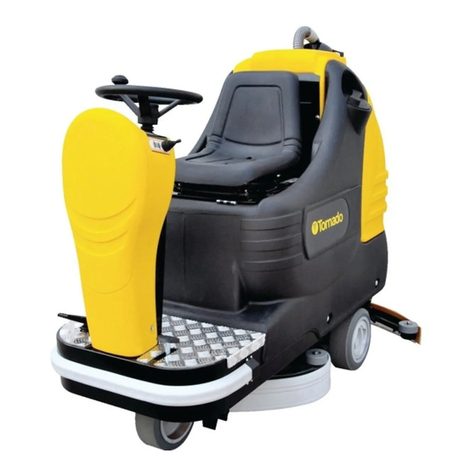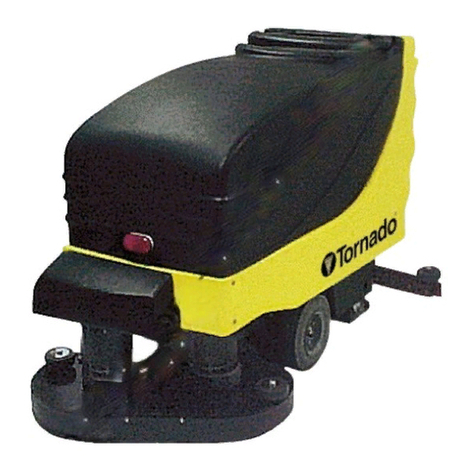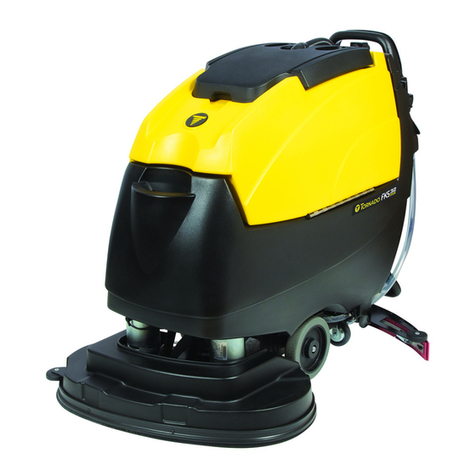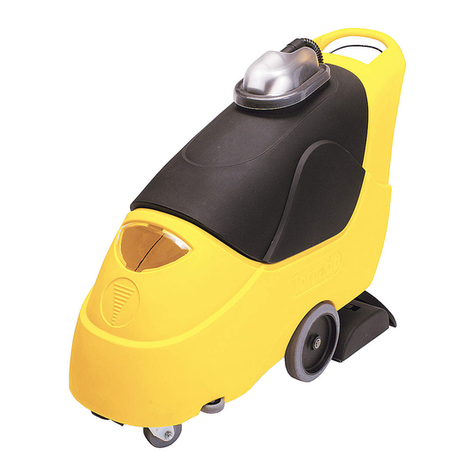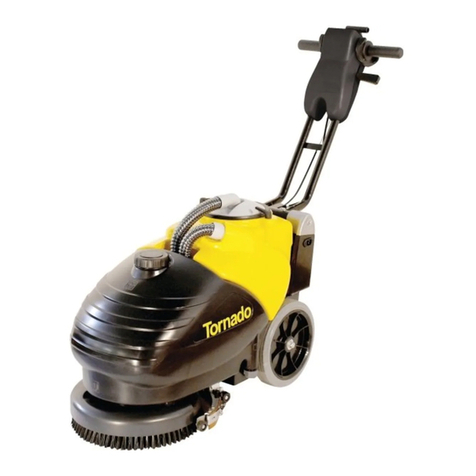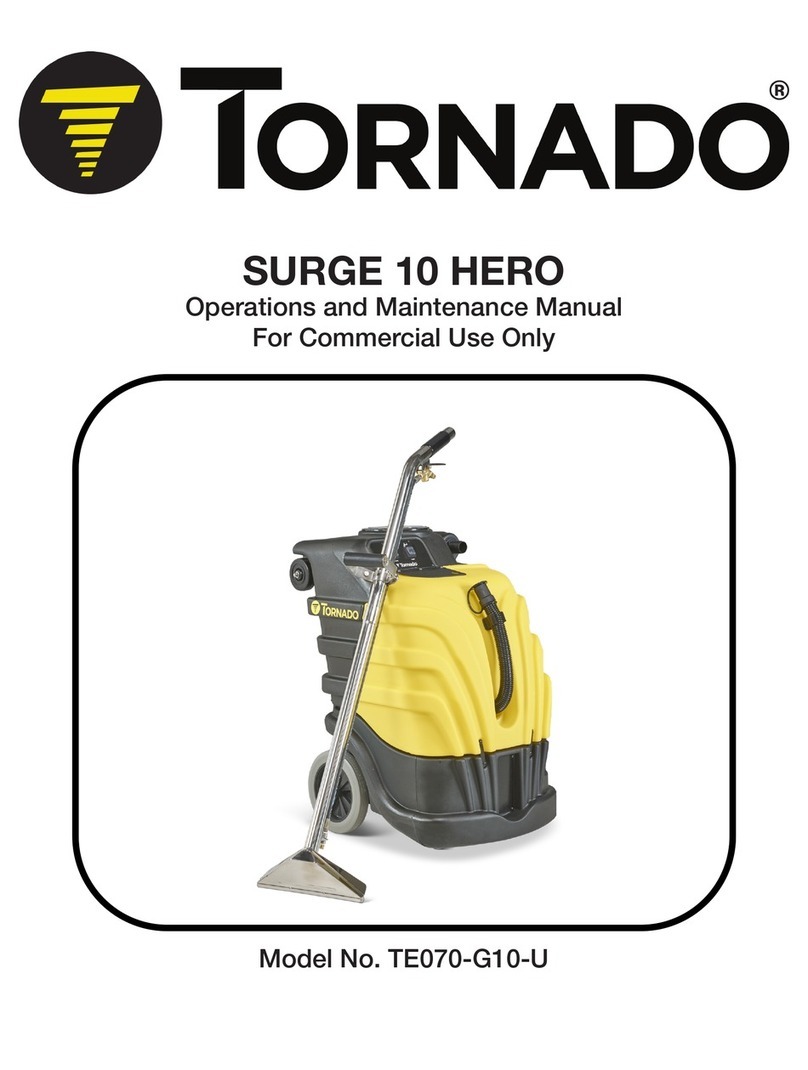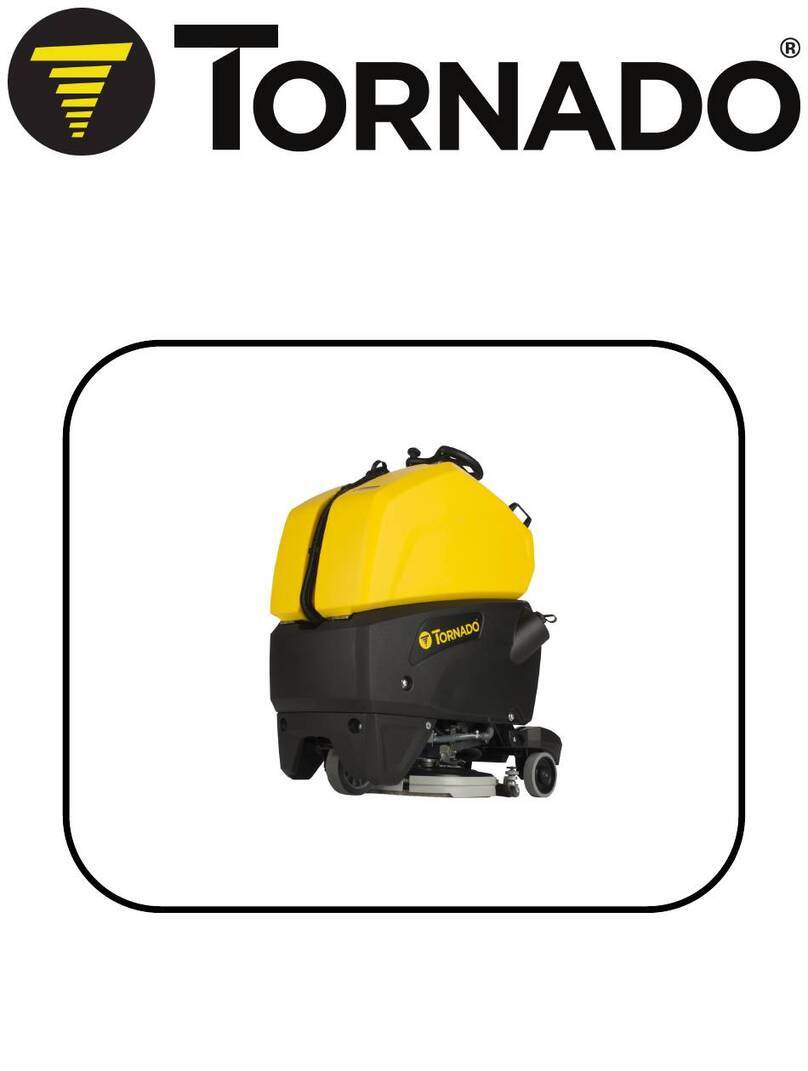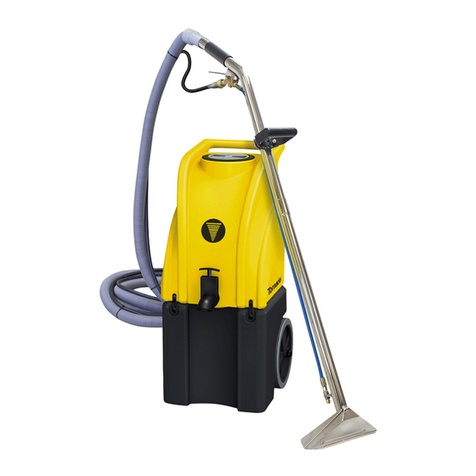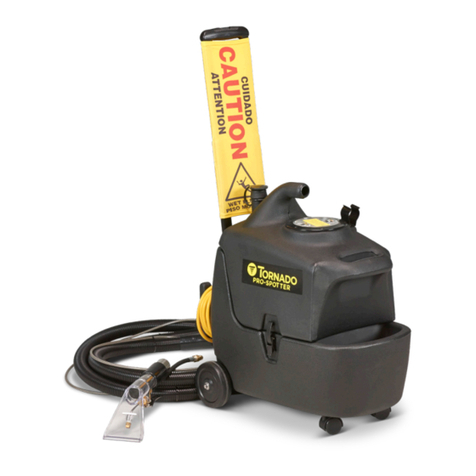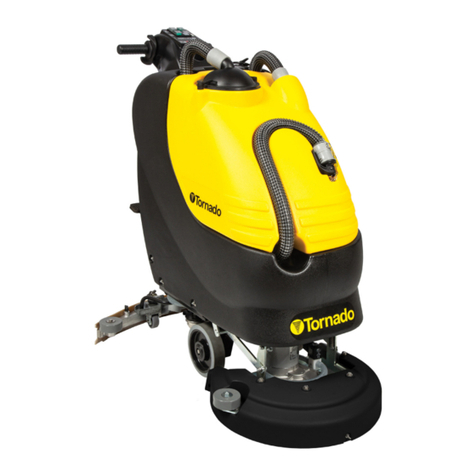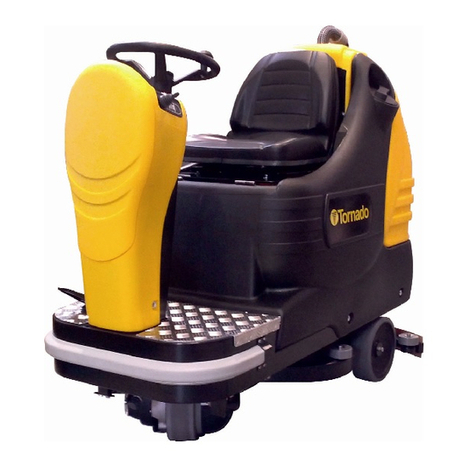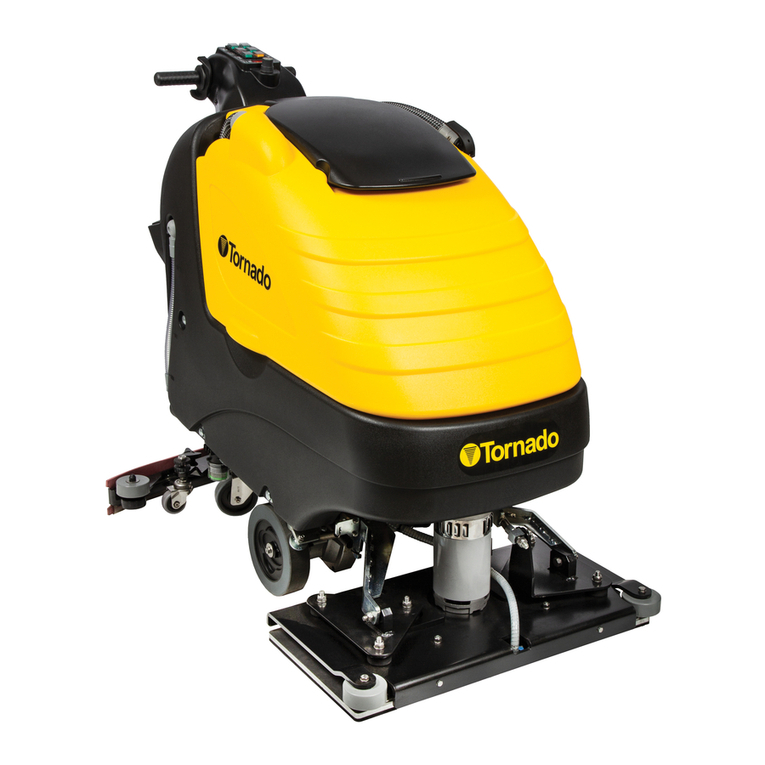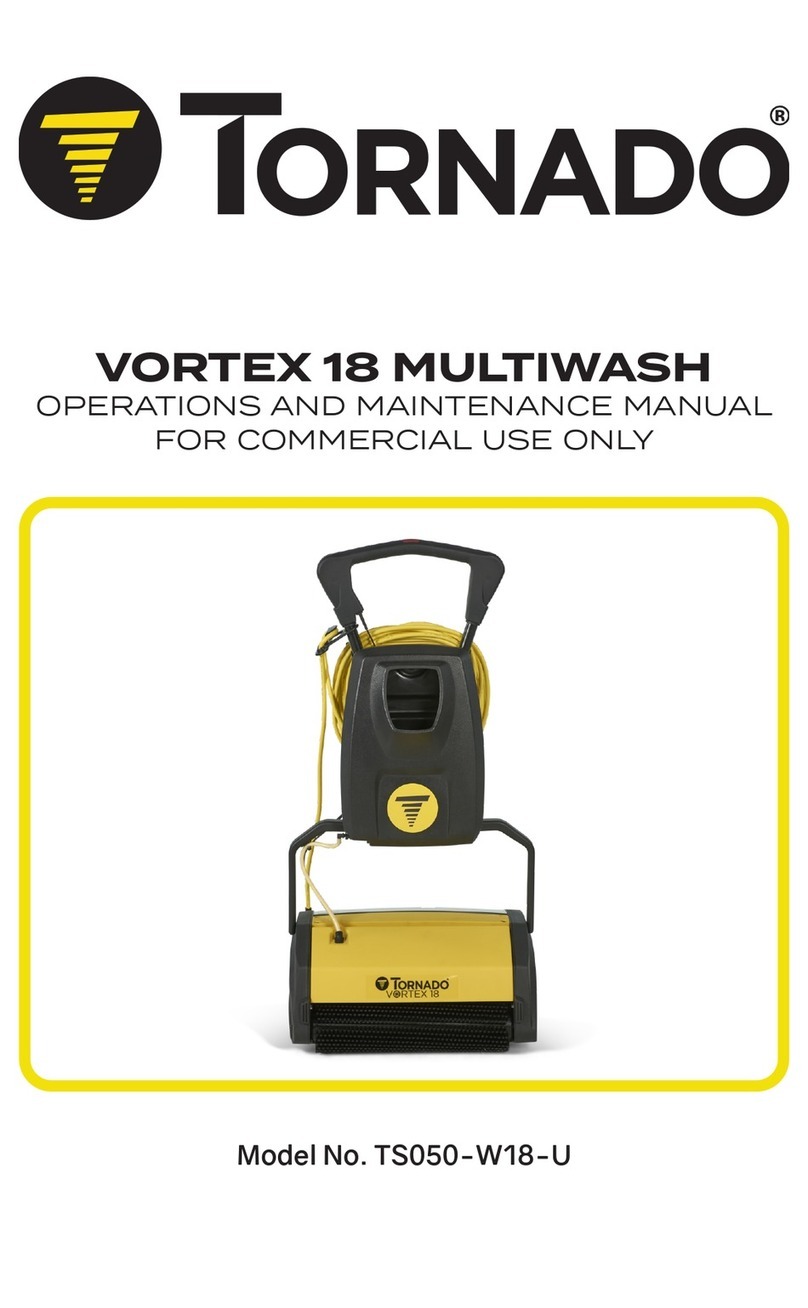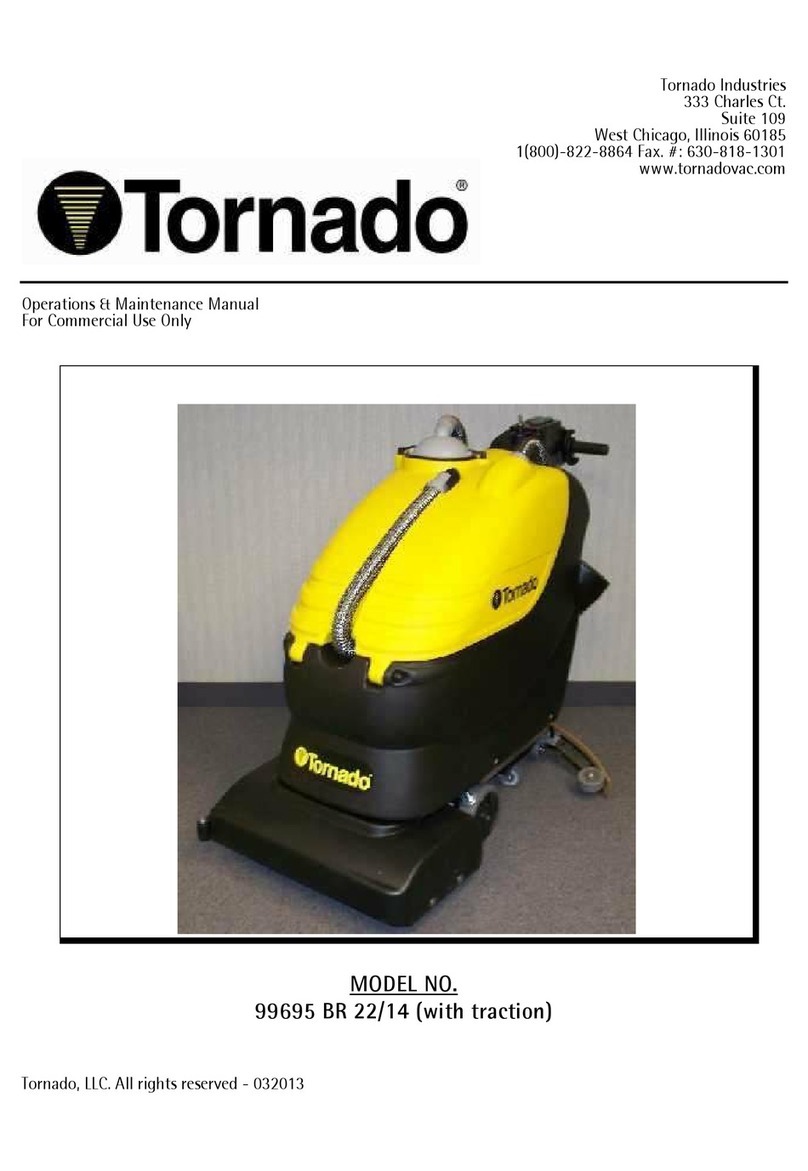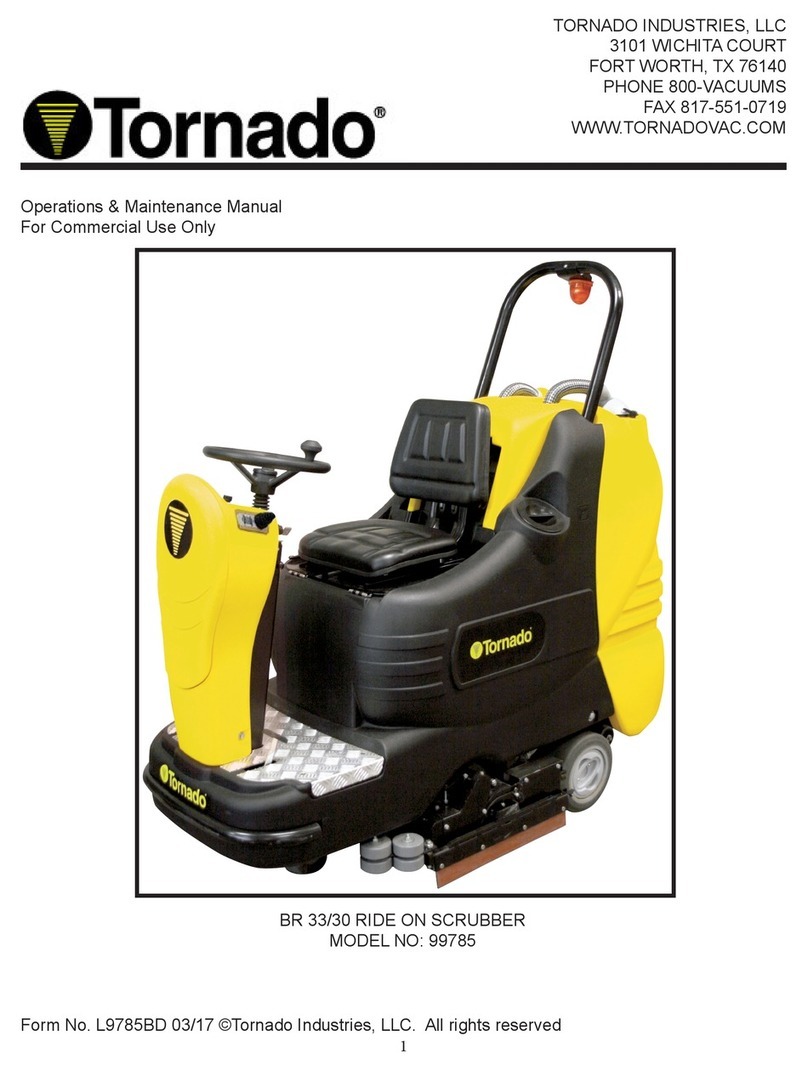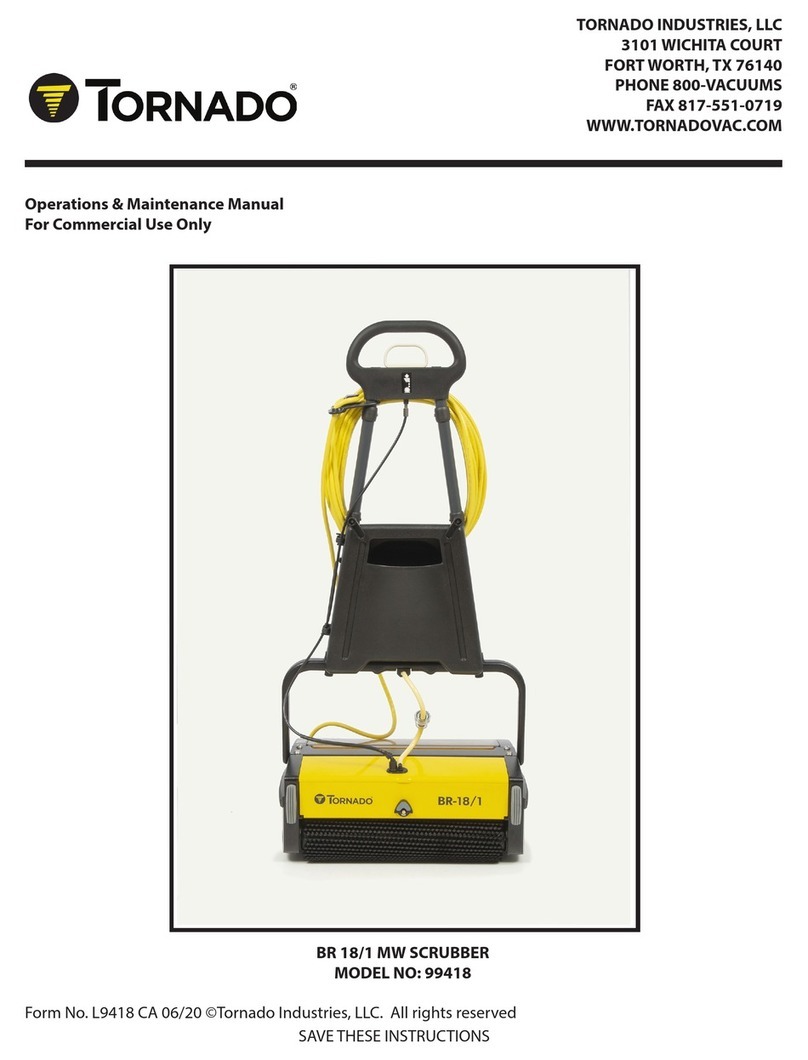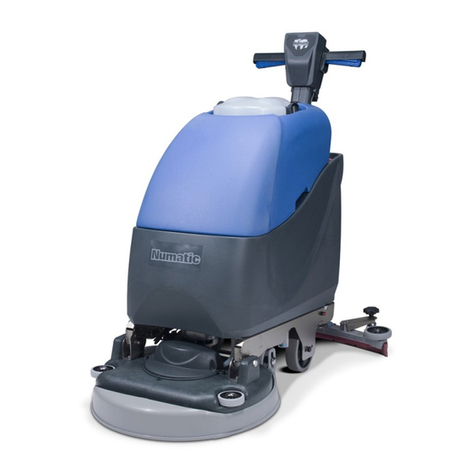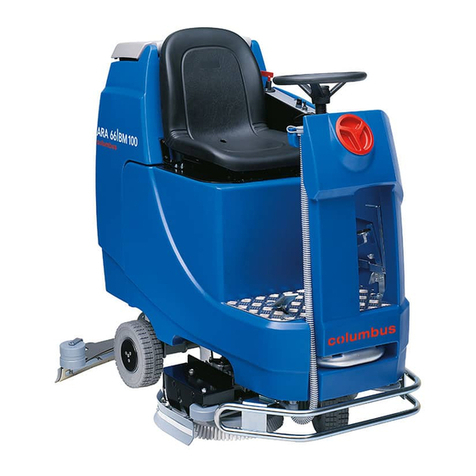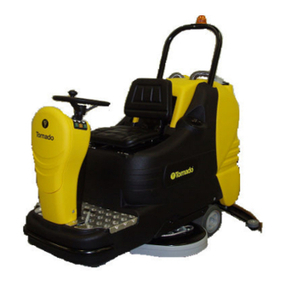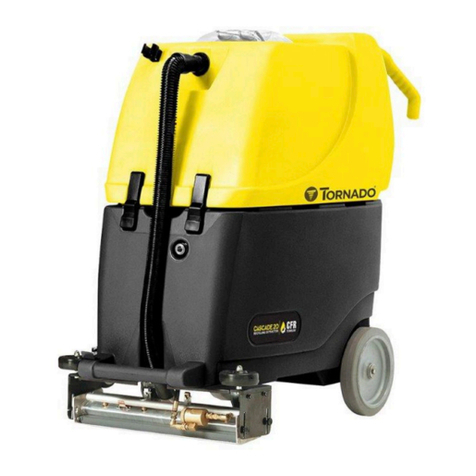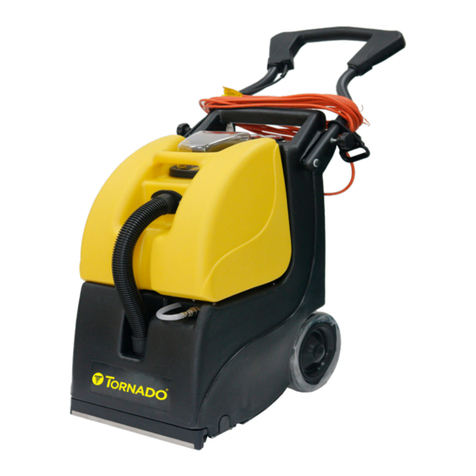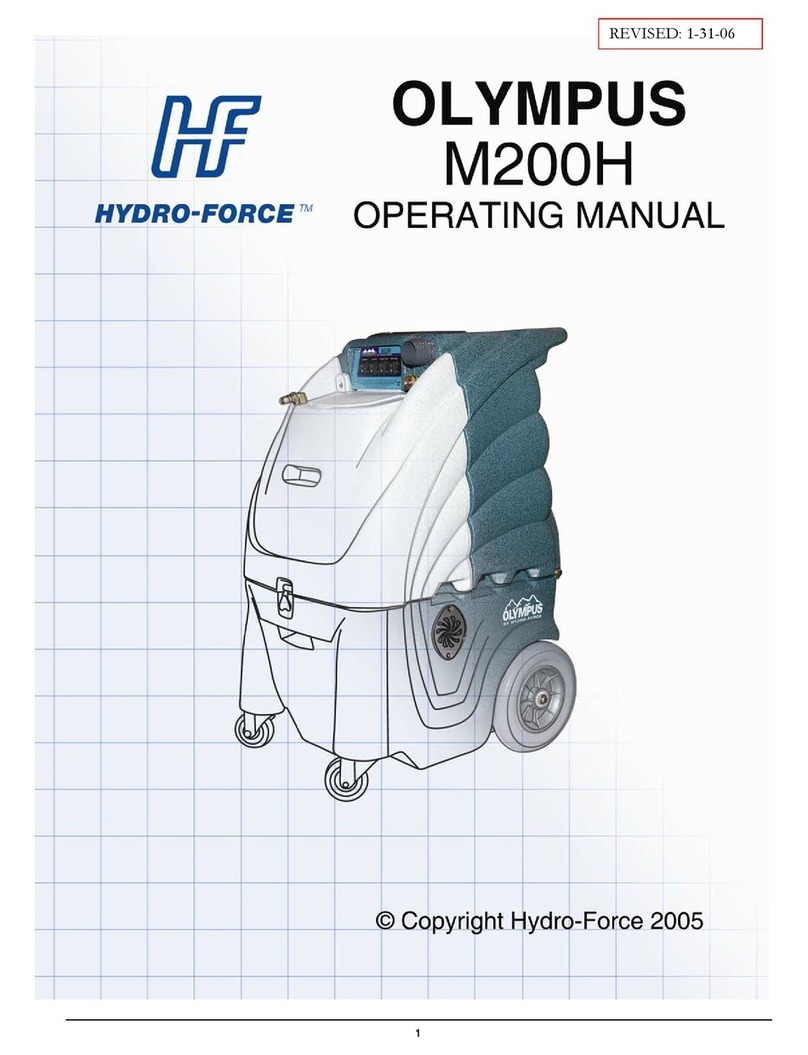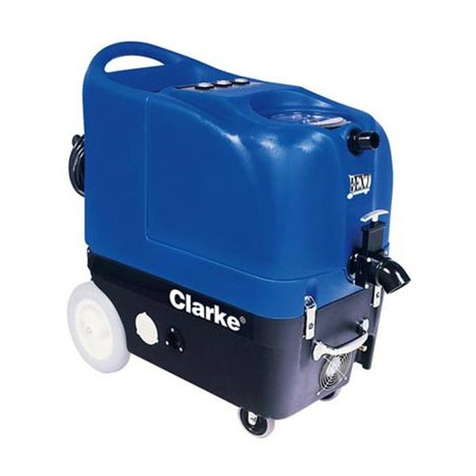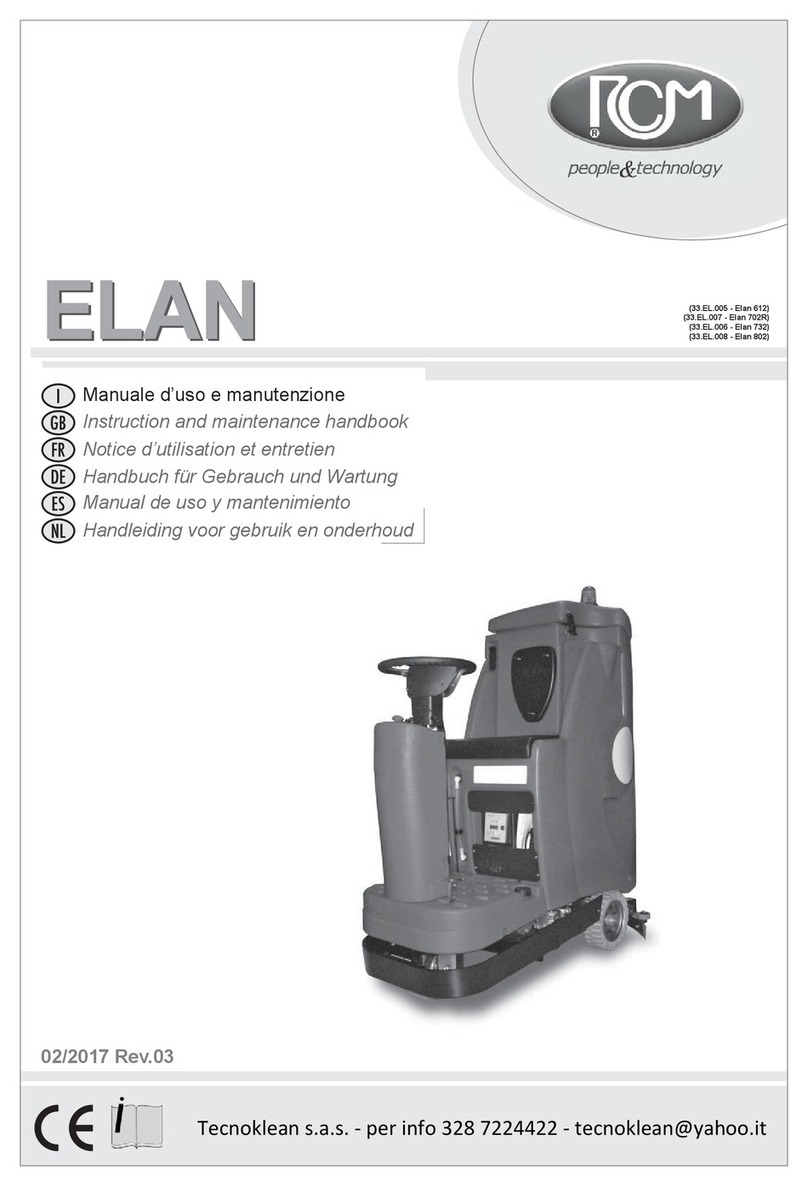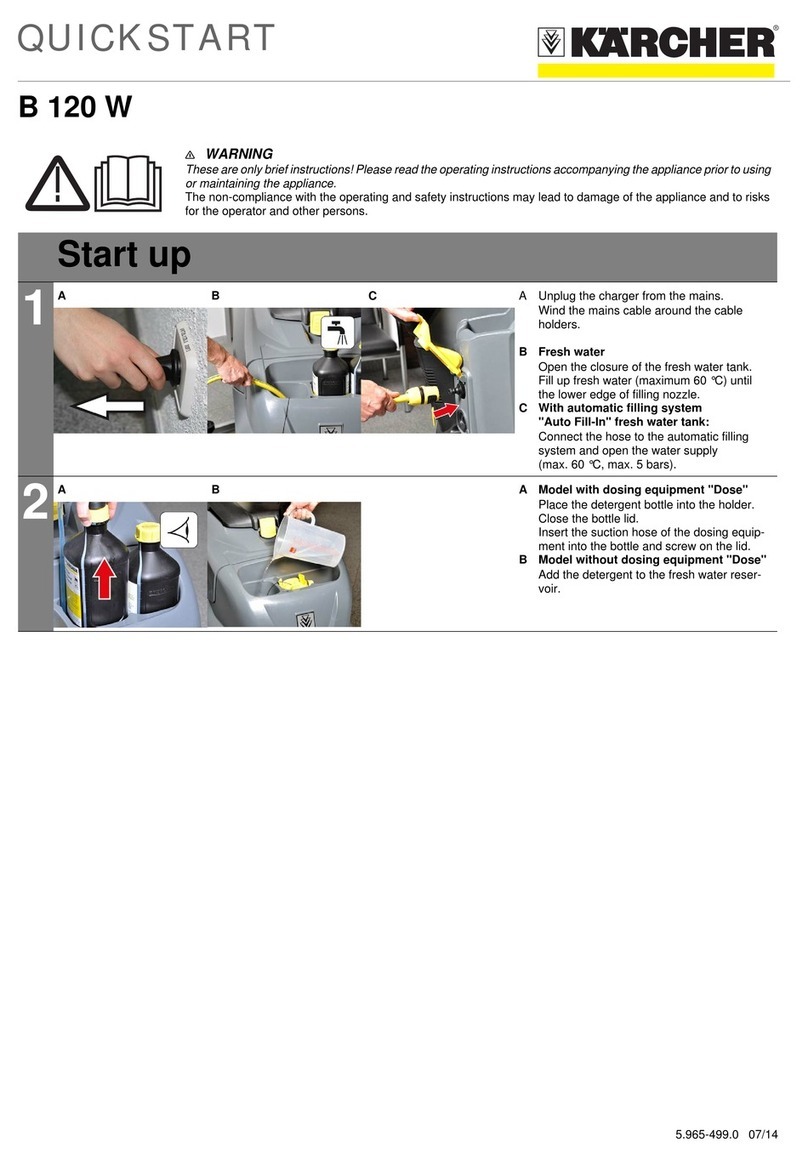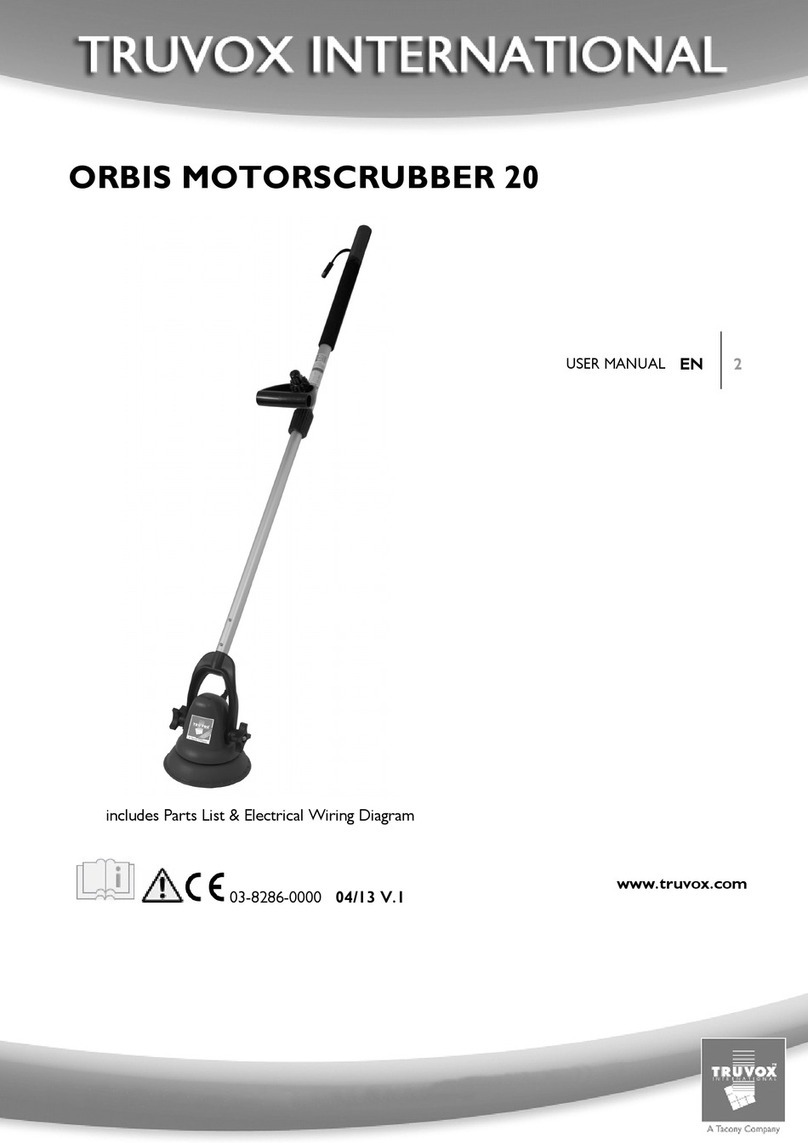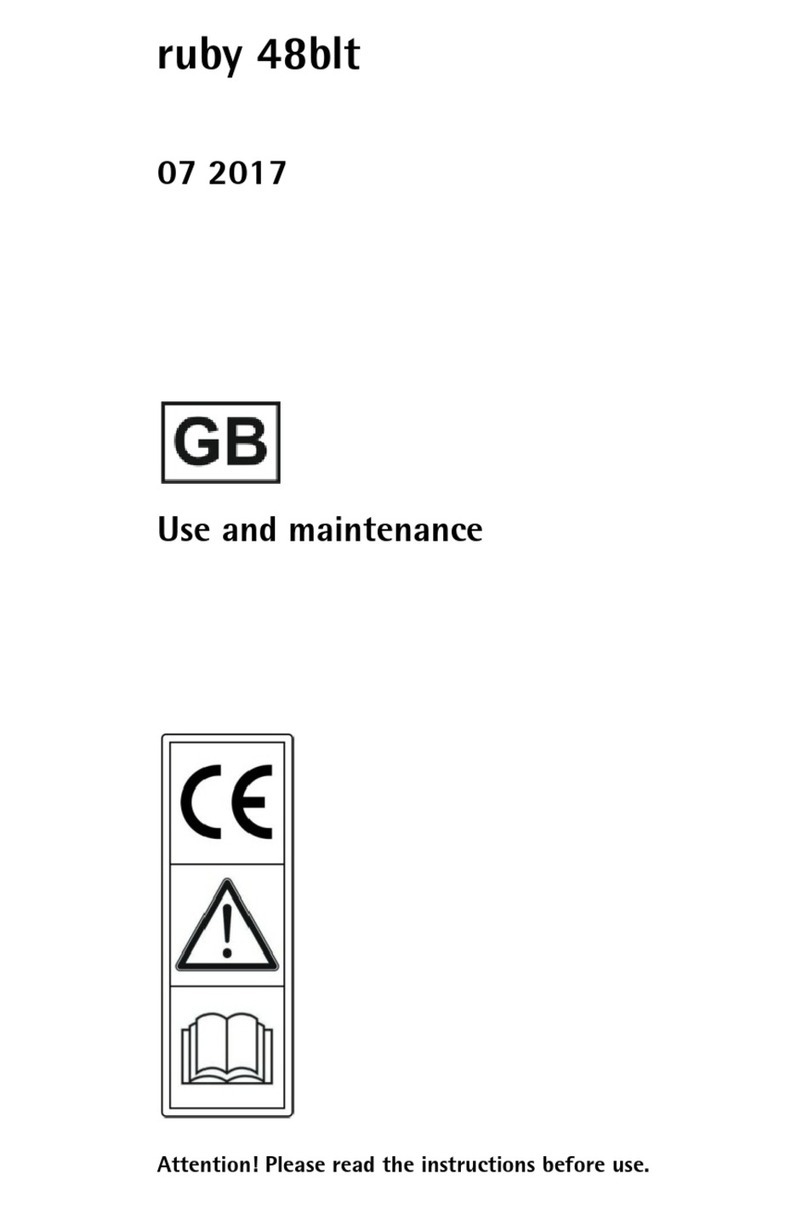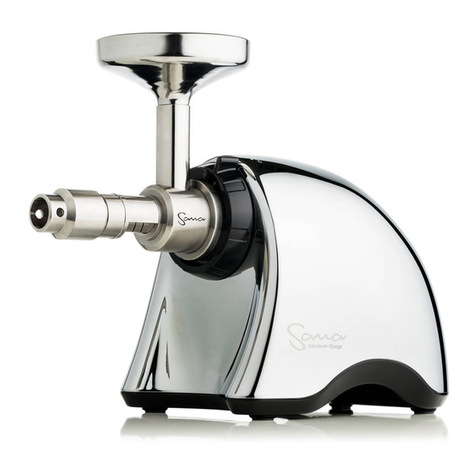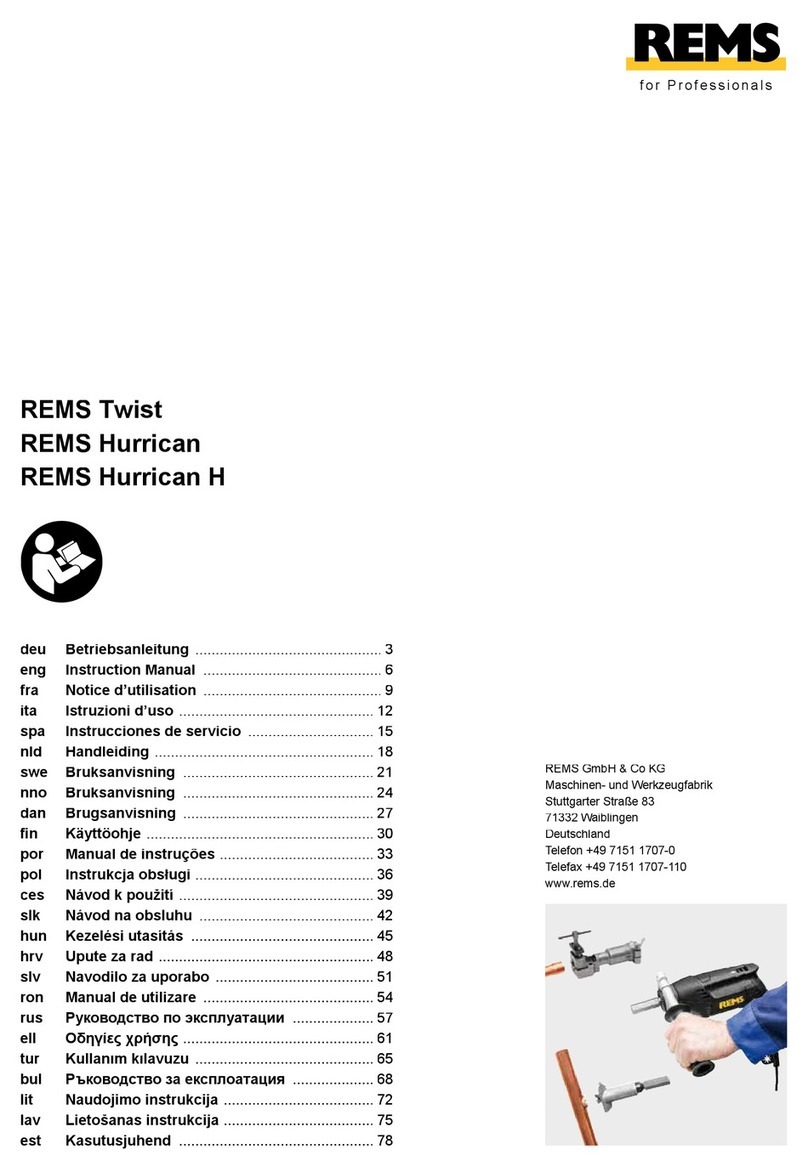
8
INTRODUCTORY COMMENT
Your new Tornado unit is a high
quality, precision-made product.
All parts used in the manufac-
turing of this unit have passed
rigid quality control standards
prior to assembly. Please safe-
guard the original receipt /
invoice. If you experience any
problems with your unit during
the warranty period, the original
receipt / invoice will act as proof
of purchase. Contact Tornado
for any warranty inquiries.
GENERAL RULES OF SECU-
RITY
IMPORTANT SAFETY IN-
STRUCTIONS
READ AND UNDERSTAND
ALL INSTRUCTIONS BEFORE
USING THIS UNIT
Read and understand this own-
er’s manual and all labels on
the unit before operating. Safety
is a combination of common
sense,staying alert and knowing
how your unit works. Use this
unit only as described in this
manual. Use only manufactur-
er’s recommended attachments.
To reduce the risk of personal
injury or damage to your unit
use only Tornado recommended
accessories.
The rules below have to be fol-
lowed carefully in order to avoid
damages to the operator and to
the machine.
-Read the labels carefully on the
machine. Do not cover them for
any reason and replace them
immediately if damaged.
-The machine must be used ex-
clusively by authorized staff that
have been instructed in its use.
-During the use of the machine,
pay attention to other people
and especially to children.
-In case of danger act imme-
diately upon the emergency
brake.
-Leaving the machine in parking
position, take off the key and act
upon the parking brake.
-Do not mix different detergents,
avoiding harmful odours.
-Storage temperature: between
-77°F and 131°F (25°C and
+55°C).
-Perfect operating temperature:
between 32°F and 104°F (0°C
and40°C).
-The humidity should be be-
tween 30 and 95%.
-Do not use the machine in ex-
plosive atmosphere.
-Do not use acid solutions which
could damage the machine and/
or persons.
-Do not use the machine on sur-
faces covered withi nammable
liquids or dusts (for example
hydrocarbons, ashes or soot).
-In case of re, use a powder
re-extinguisher.
Do not use water.
-Do not strike shelvings or scaf-
foldings, where there is danger
of falling objects.
-Adapt the working speed to the
adhesion conditions: particu-
larly, slow down before narrow
curves have to be faced.
-Do not use the machine on
areas having a higher gradient
than the one stated on the num-
ber plate.
-The machine has to carry out
simultaneously the operations
of washing and drying. Different
operations must be carried out
in restricted areas prohibited
to non-authorized personnel.
Signal the areas of moist oors
with suitable signs.
-If the machine does not work
properly, check by conducting
simple maintenance proce-
dures. Otherwise, ask for tech-
nical advice from an authorized
assistance centre.
-Where parts are required, ask
for ORIGINAL spare parts from
an authorized dealer.
-Use only ORIGINAL brushes
indicated in the paragraph
“RECOMMENDED BRUSHES".
-For any cleaning and/or main-
tenance operation take off the
power supply from the machine.
-Do not take off the protections
which require the use of tools to
be removed.
-Do not wash the machine with
direct water jets or with high wa-
ter pressure nor with corrosive
material.
-Every 200 working hours have
a machine check through an
authorized service department.
-In order to avoid scales on the
solution tank lter,do not ll the
detergent solution many hours
beforethe machines’ use.
-Before using the machine,
check that all panels and cov-
erings are in their position as
indicated in this use and main-
tenance manual.
-Restore all electrical connec-
tions after any maintenance
operation.
-Provide for the scrapping of the
material of normal wear follow-
ing strictly the respective rules.
-When, your machine has to
stop activity, provide for the
appropriate waste disposal
of its materials,especially
oils, batteries and electronic
components,and considering
that the machine itself has,
where possible, been construct-
ed using recyclable materials.
https://harrissupplyind.com-ToOrderPartsCall608-268-8080
